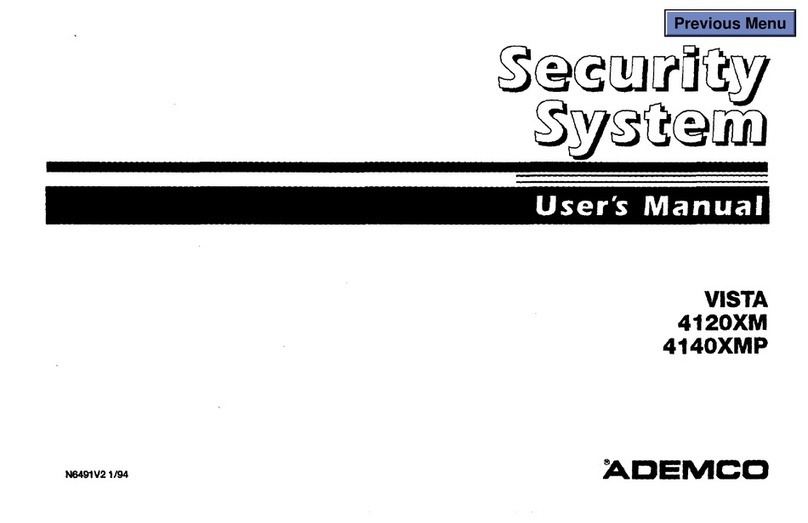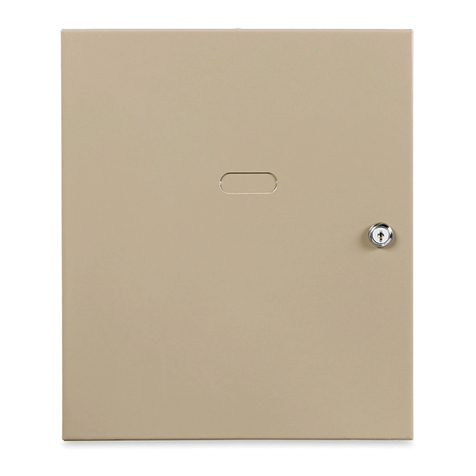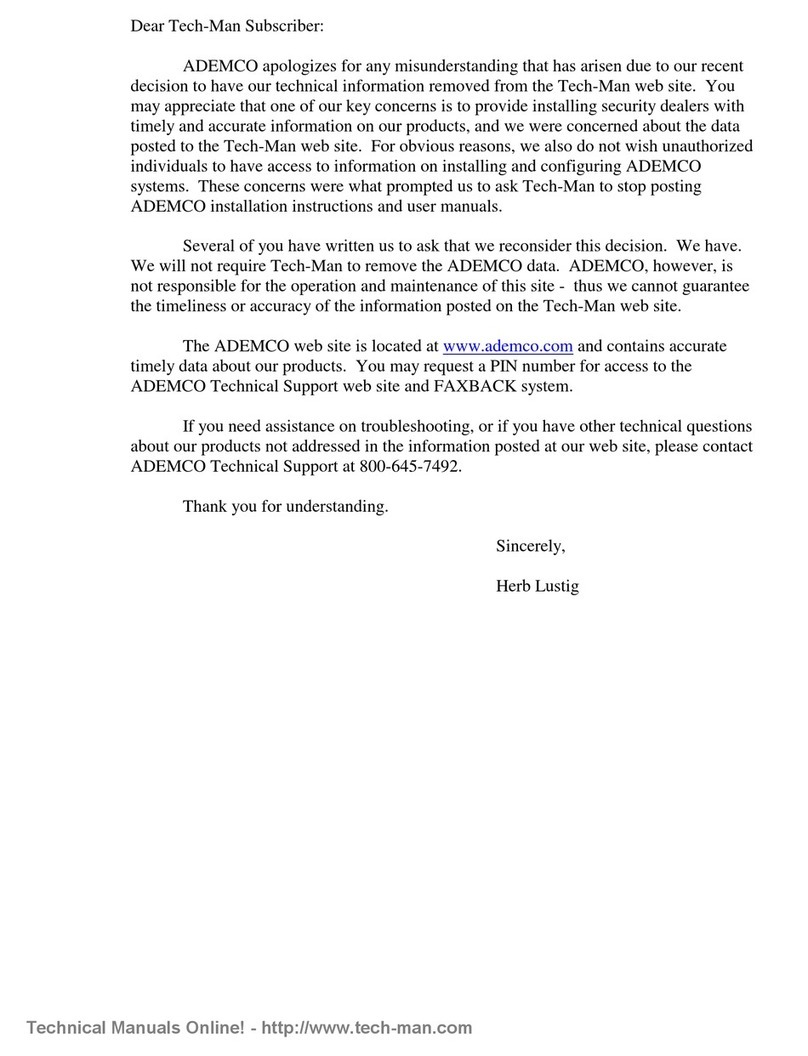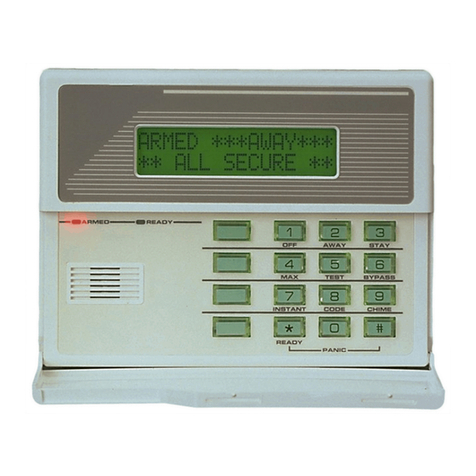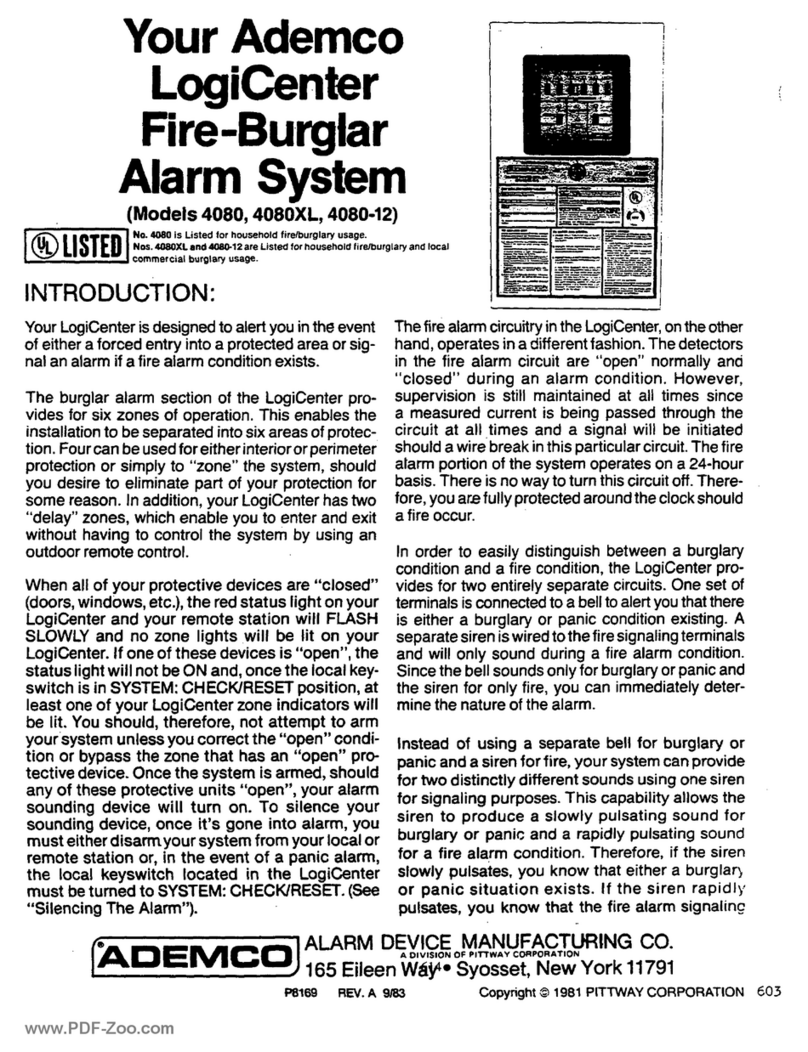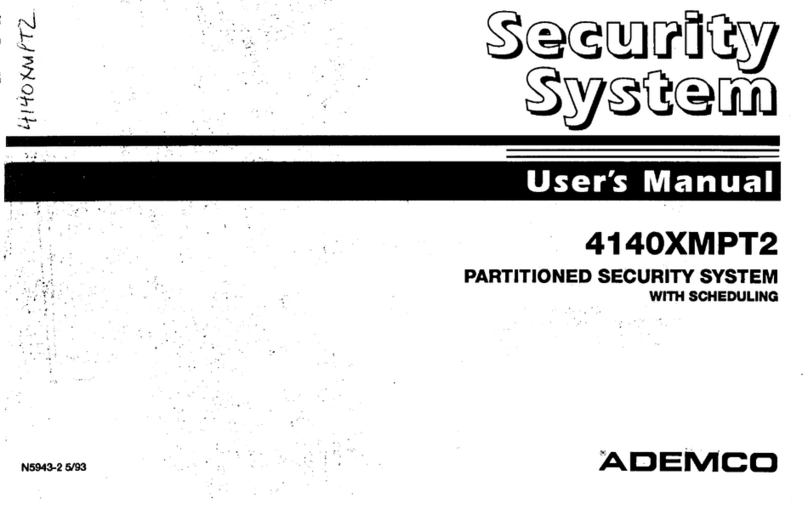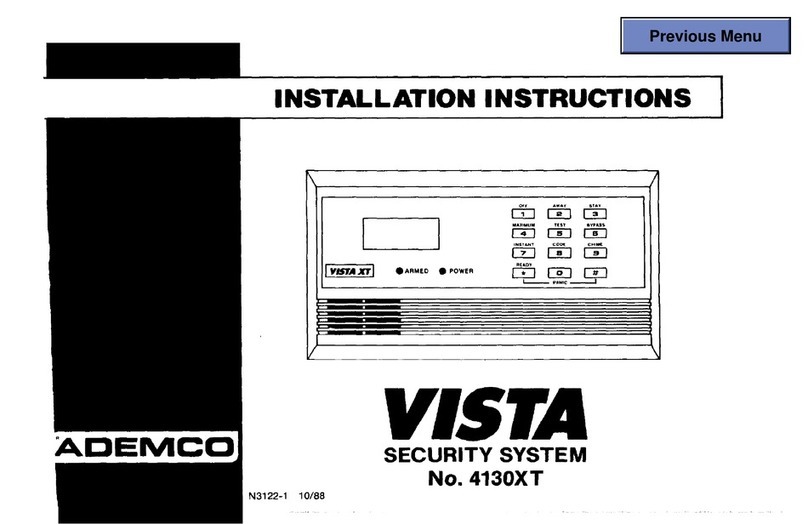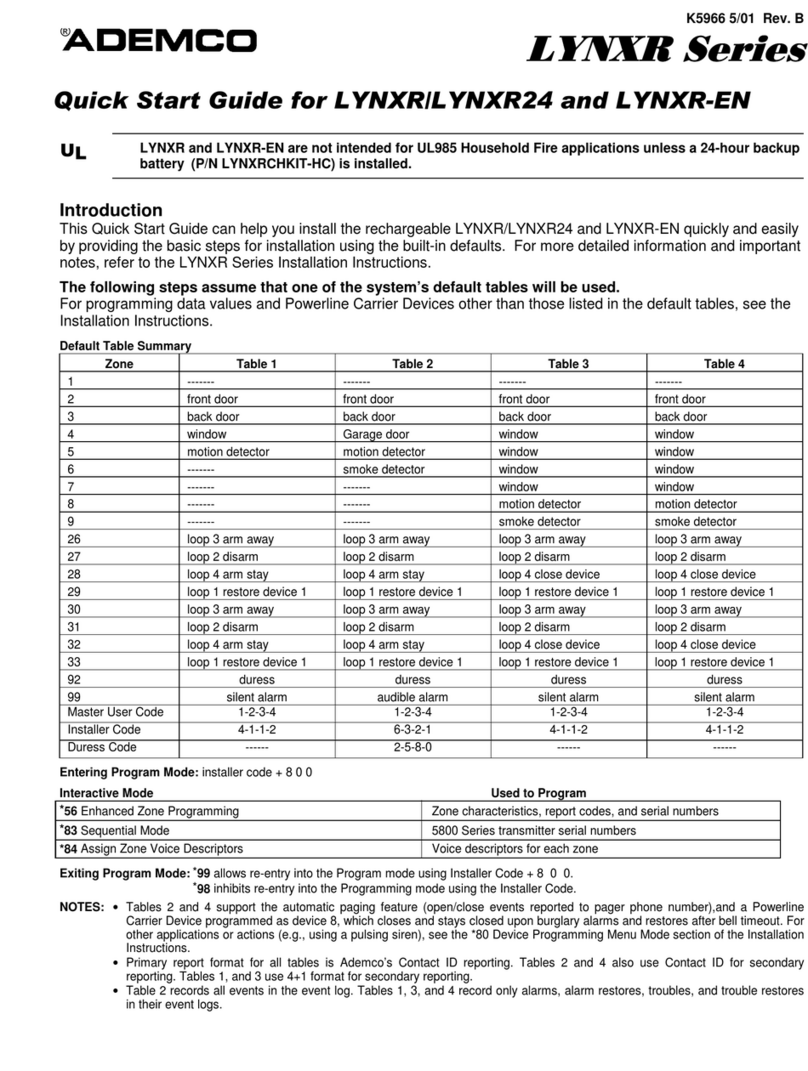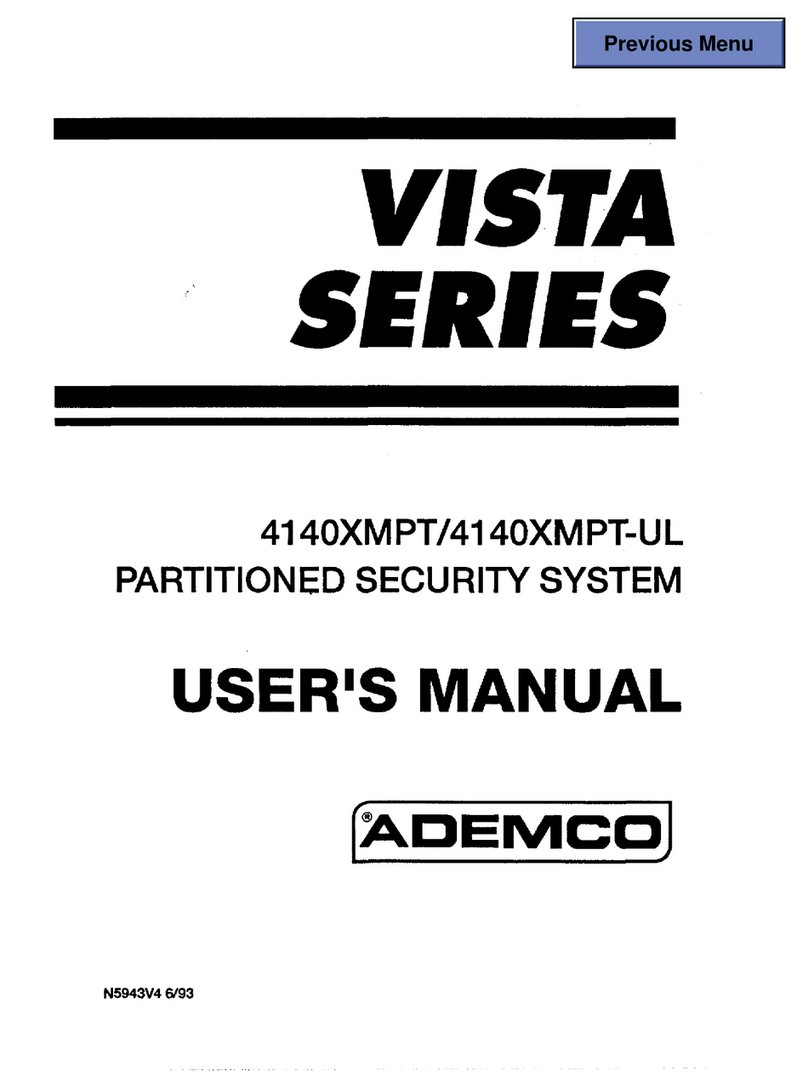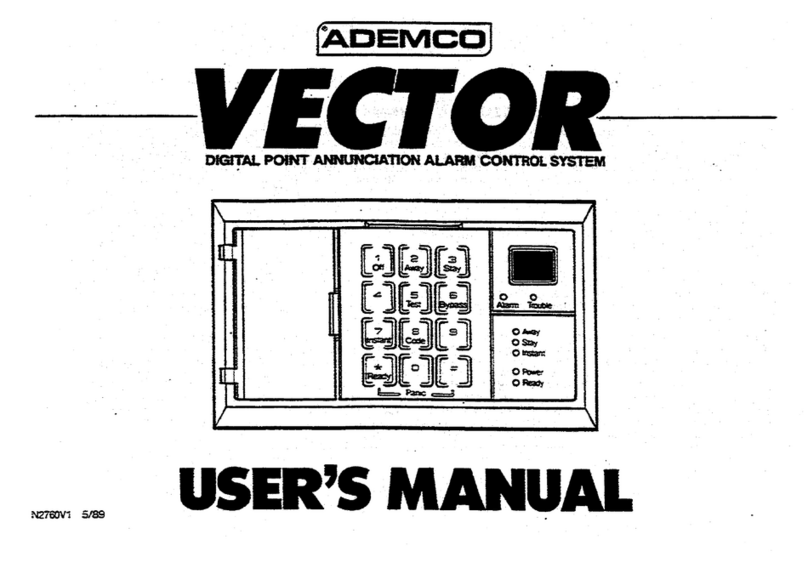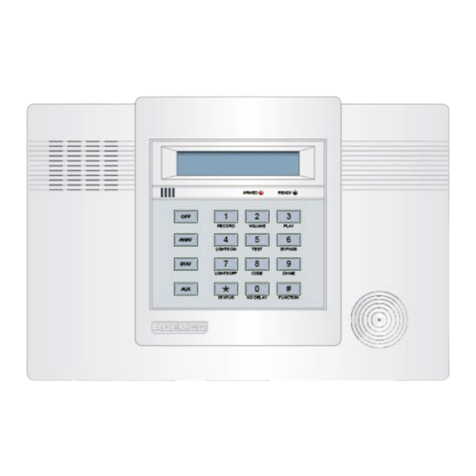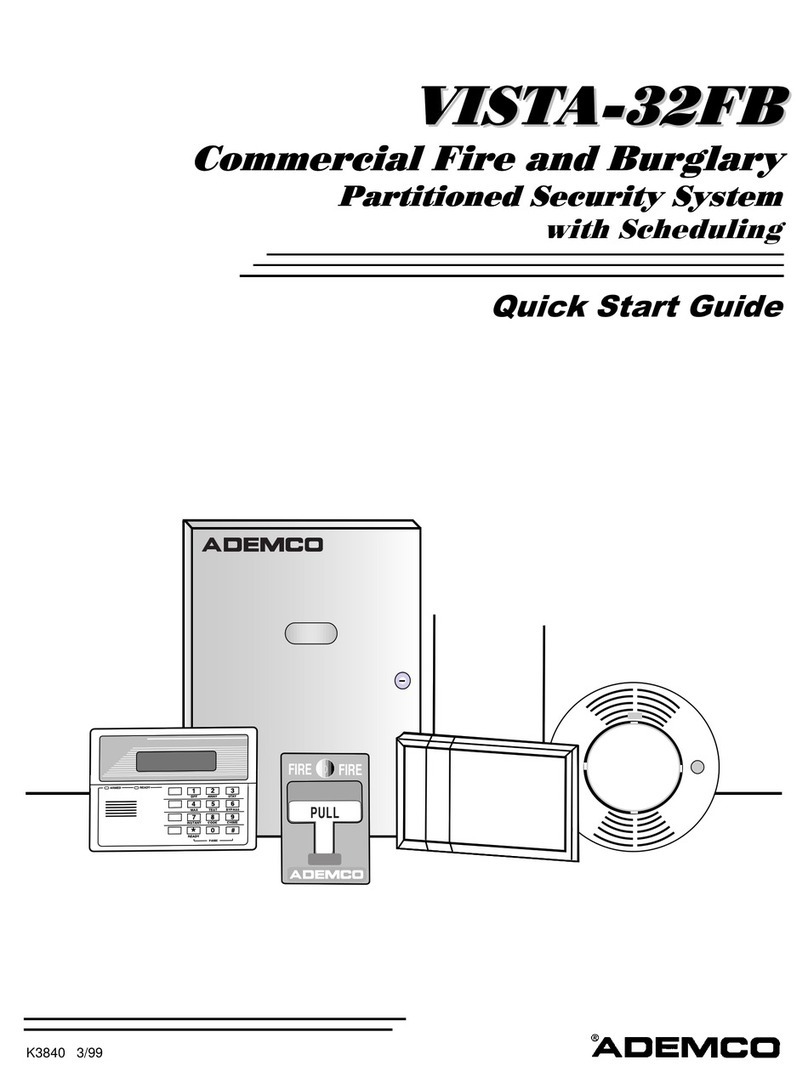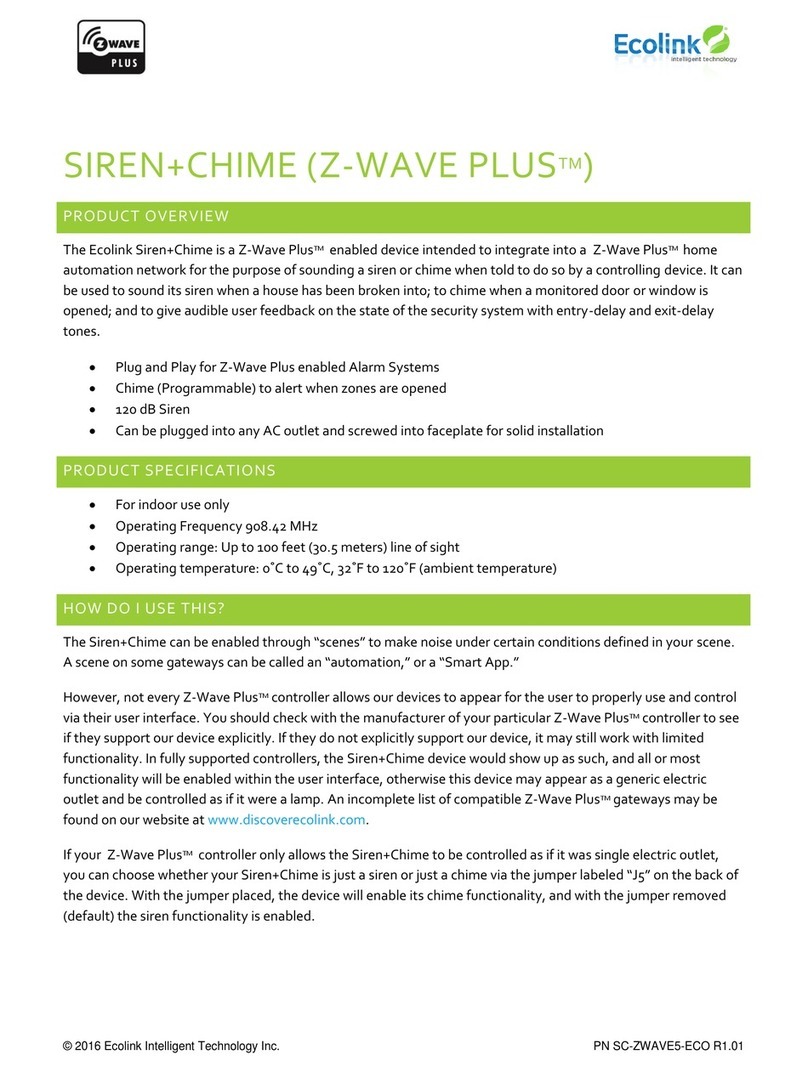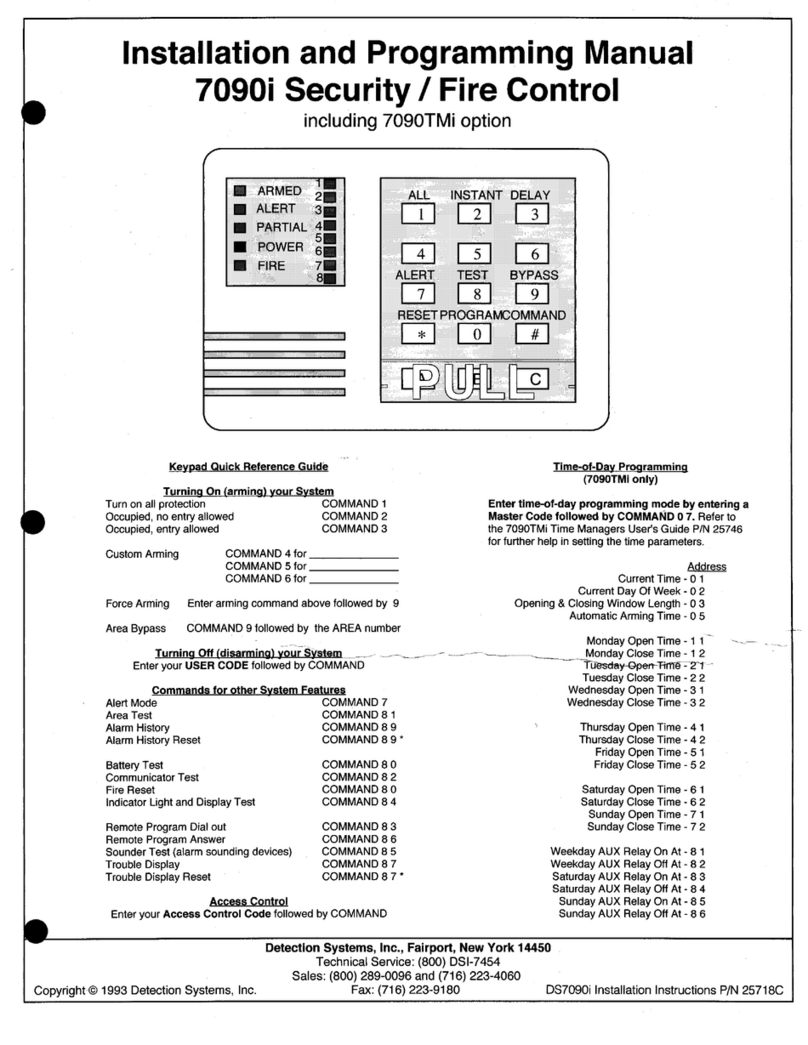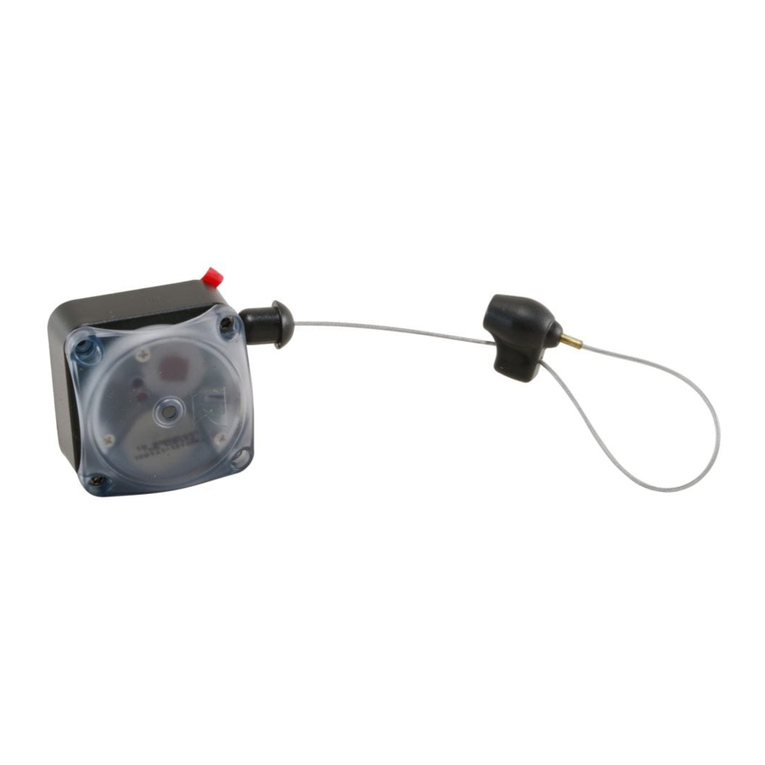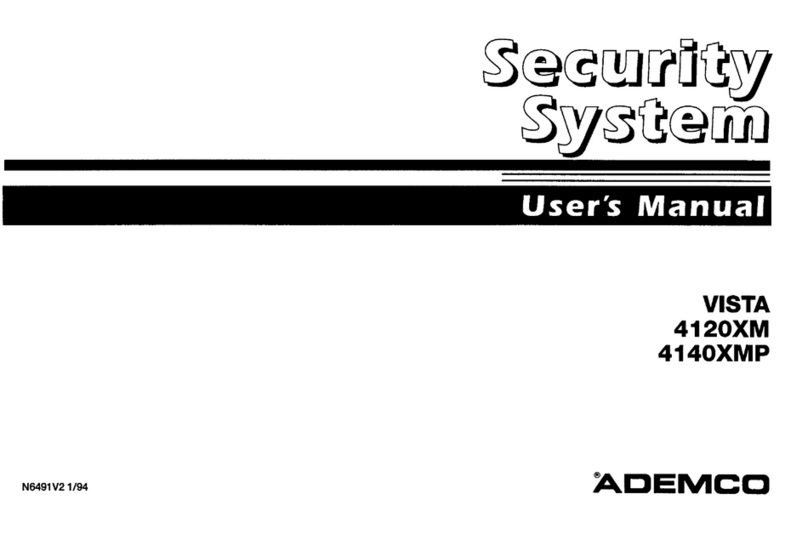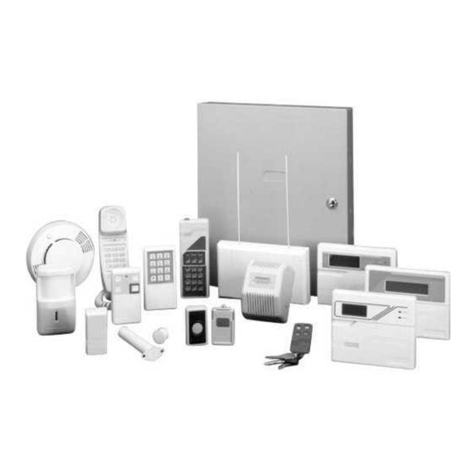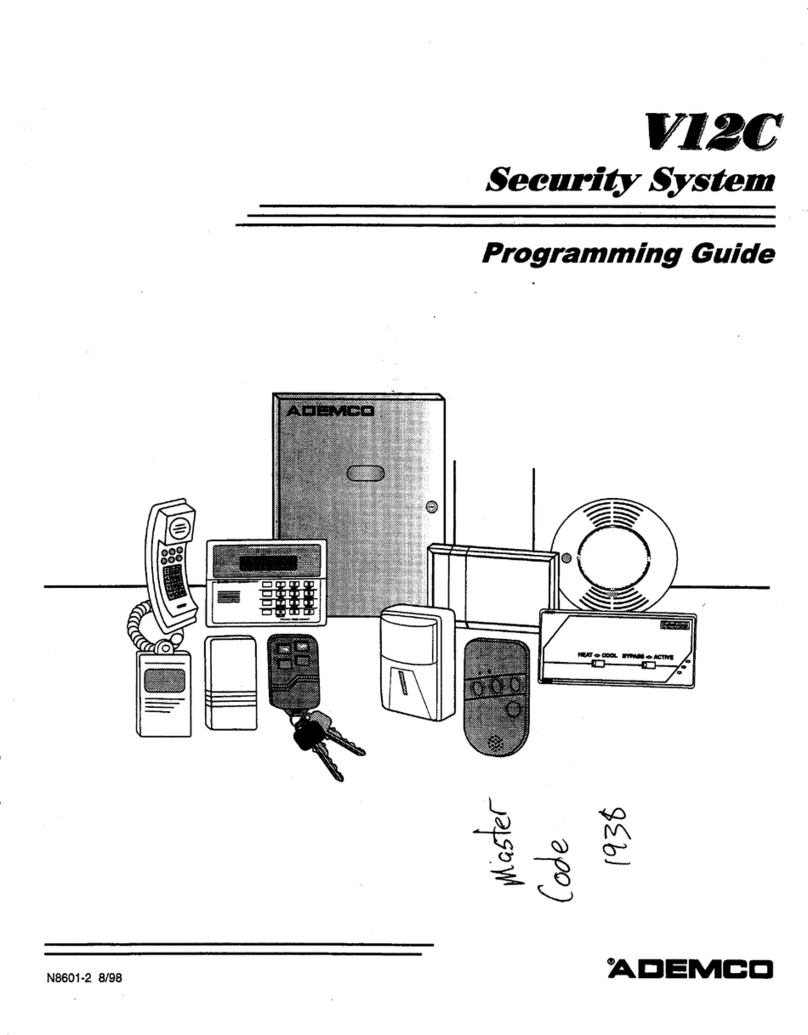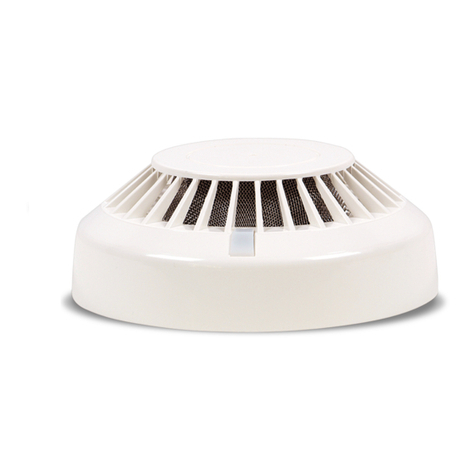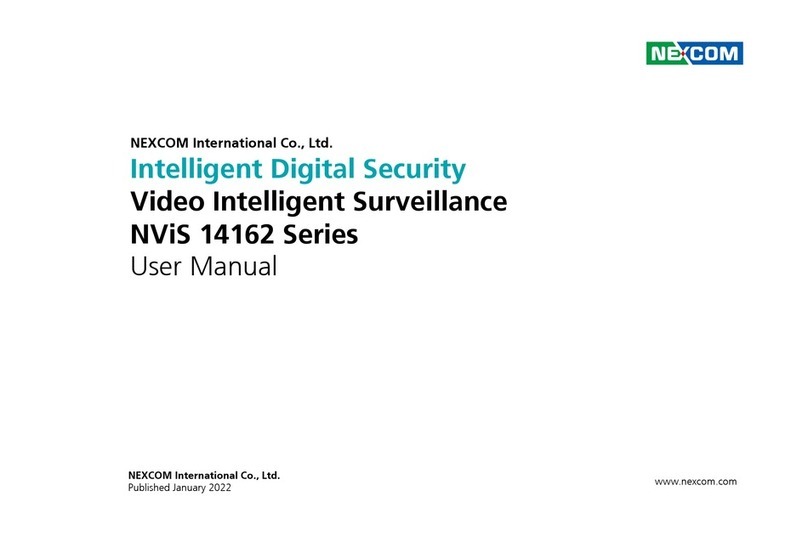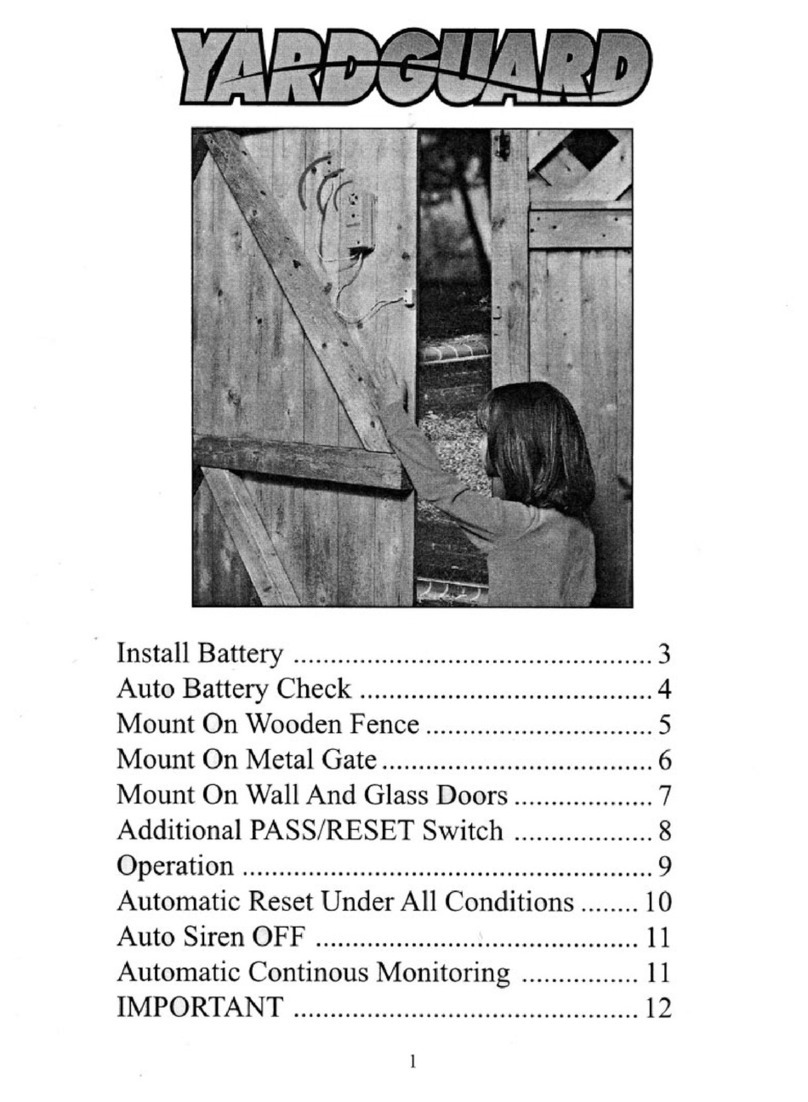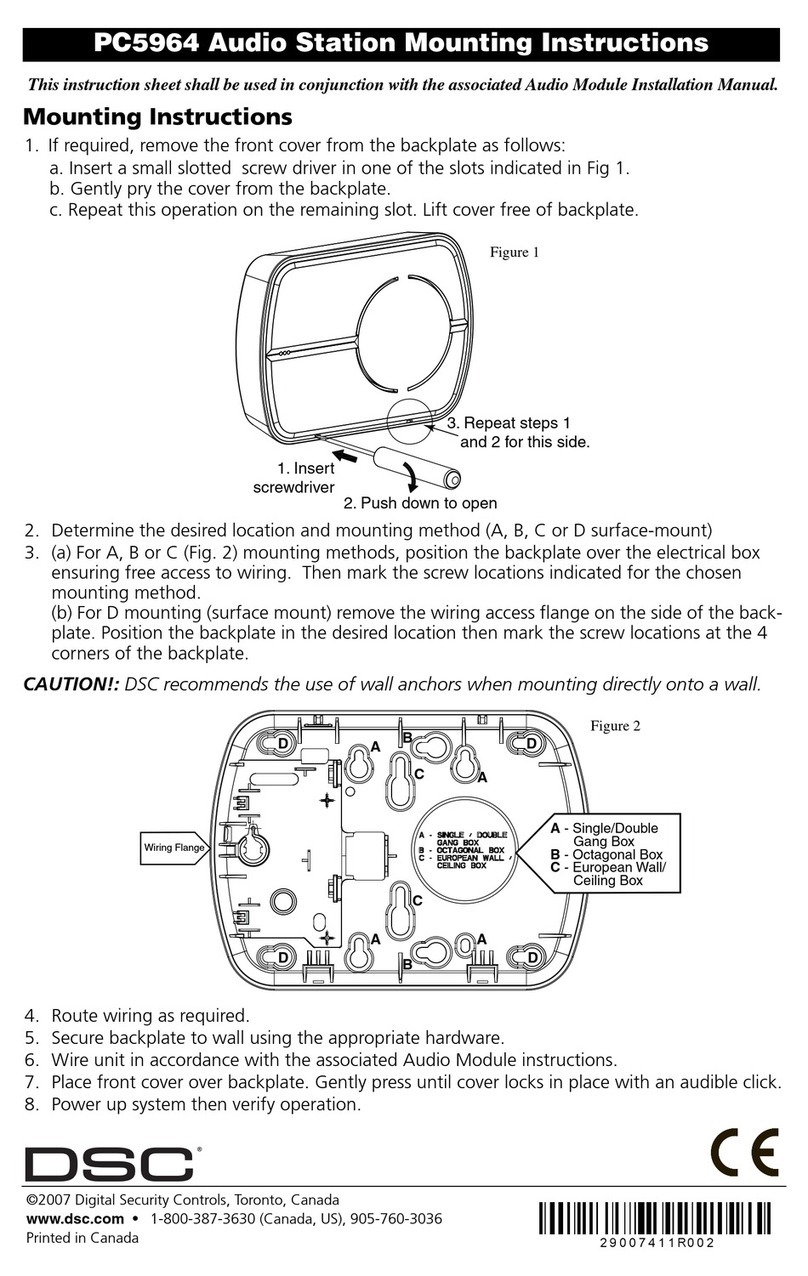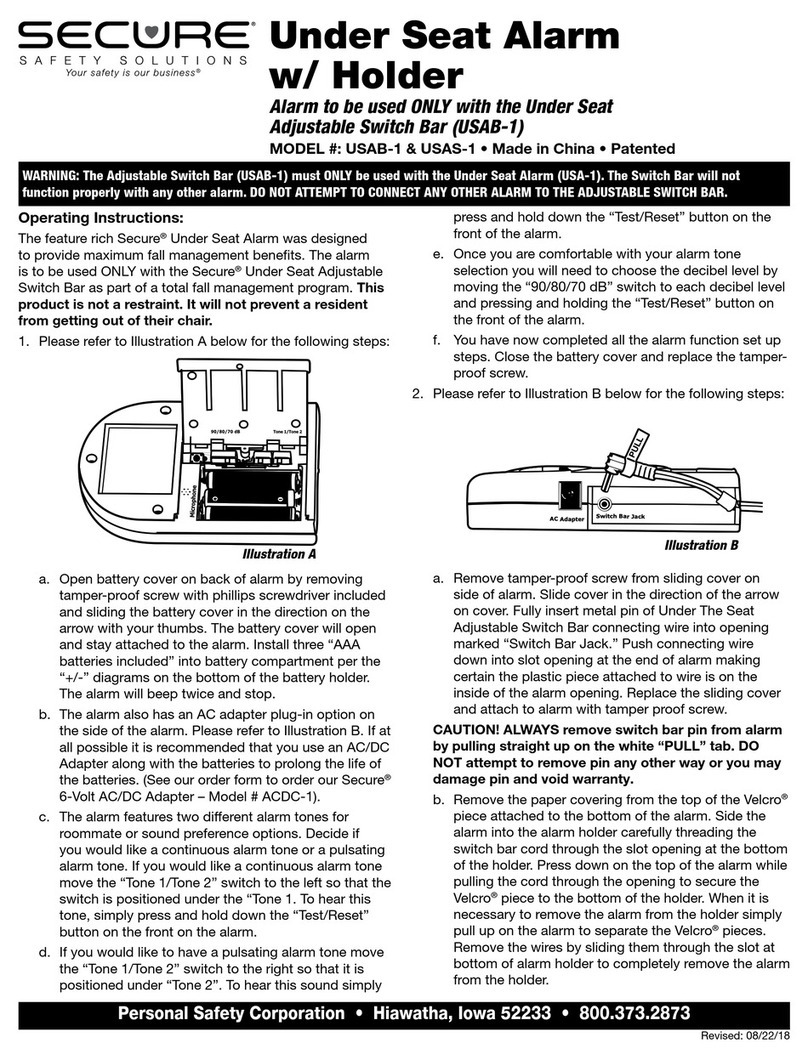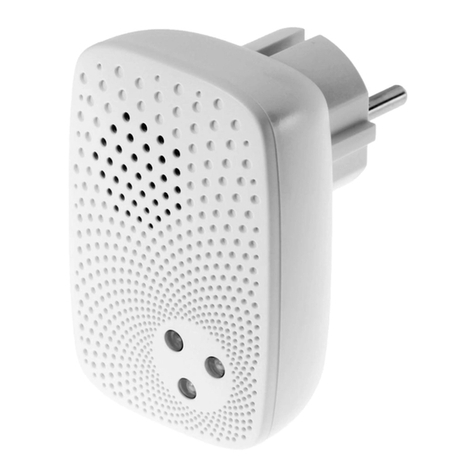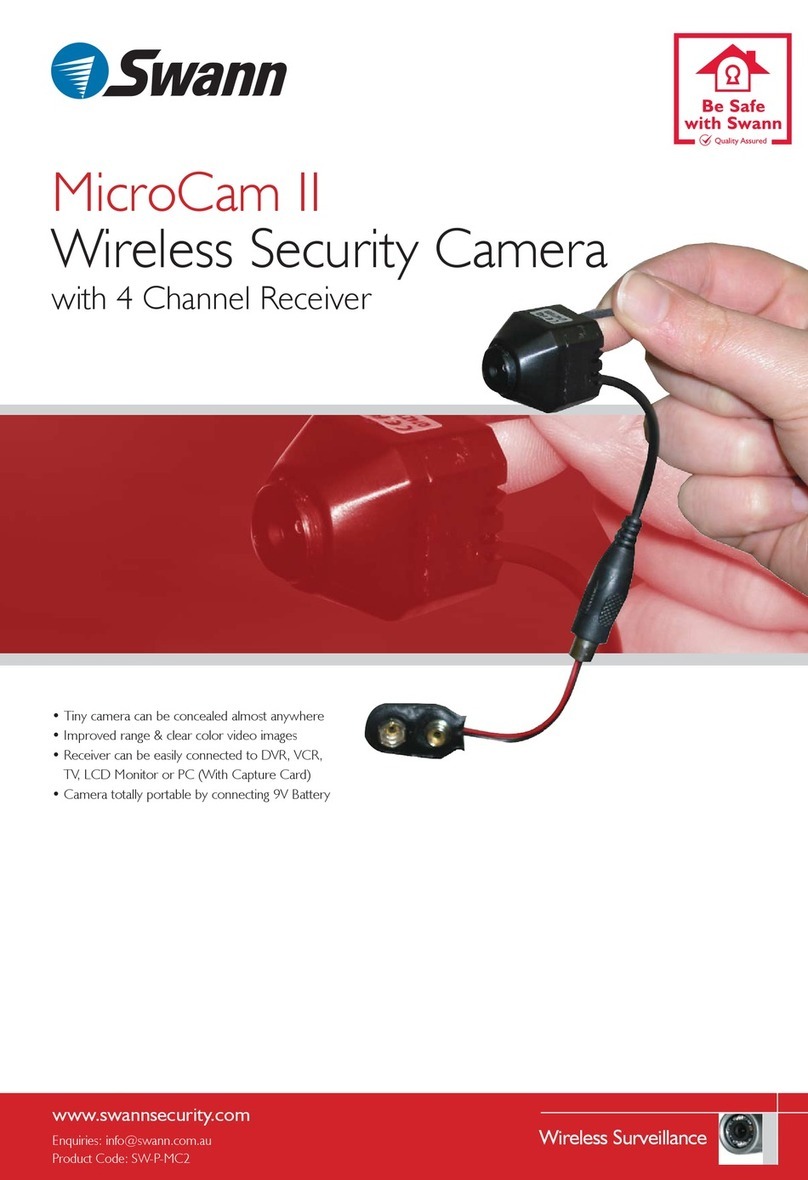2. House Identification:
The No. 5620 recognizes 1 of 32 available house
identification numbers. Only transmitters set for and sending ,the
number set in the No. 5620 are processed. This prevents transmitters
in different residences from activating this receiver/control.
3. Transmitter Identification:
Each burglary and fire transmitter sends
a unique I.D. nunber to the No. 5620 Receiver/Control, which is displayed
on the No. 5621 Security Console in case of supervision check, low
battery, alarm or open contact. The No. 5620 can identify up to
29 different transmitters, as well as its No. 5608 Remote Keypad/Trans-
mitter(s) and up to 2 emergency (panic) zones (for low battery and
alarm) and a problem on its one wired zone.
0. Supervised Burglary and Fire Zones:
No. 5620 expects a regular,
automatic check-in message from each burglary and fire transmitter.
If no messages are 'received from a particular transmitter during
an installer-programable monitored check-in Interval (24 hours is
recommended), the No. 5621 annunciates a check-in TROUBLE message.
5. Separate Entry/Exit, Interior. and Perilleter
*burglary zones.
6. Delayed burglary protection for entry/exit zone:
Entry time can be _.
independent of exit time. INSTANT function allows entry delay to
be eliminated for greater security when the user is in residence
or away for an extended period.
7. Lou Battery Honi tori ng :
All transmitters automatically test their
batteries at regular intervals and transmit a low battery condition
when it occurs. At that time the battery will have approximately
30 days of life remaining, depending on usage.
8. Fail Safe Arming:
Burglary protection may not be turned on if any
burglary transmitter is reporting an open condition (which can be
identified on the No. 5621's display). If fault cannot be cleared,
the faulted transmitter(s) in that zone may be bypassed at the No. 5621.
9:
Plaster (Permanent) Access Code:
Al 1 keypad functions except Ready
can be activated only after entering a 4 digit access code, which
is securely maintained at the No. 5620 Receiver/Control.
10. Temporary Access Code,
which can be changed from any keypad as often
as desired for visitors, babysitters, etc..
11. Ambush digit
entered in place of last access code digit causes a
silent police alarm message to be sent to a central station (optional)
while the requested keypad function is normally executed (e.g. disarming).
12. Installation Options in PRDk
Master access code, ambush digit, entry
time, exit time, burglary siren/bell delay and cutoff times, house
I.D., AC loss warning delay, wired zone programming, "lights on"
option selections, interior zone instant/delayed response selection,
burglary transmitter zone assignments and supervision checki'period
are PROM programmed.
13. Communicator (Dialer) triggers
for the fire, bunglary (with a special
"by zone" option) and panic alarms, for loss of check-in signal,
for low battery, and for receiver/control AC ,power loss.
